Search for lenses, articles and help
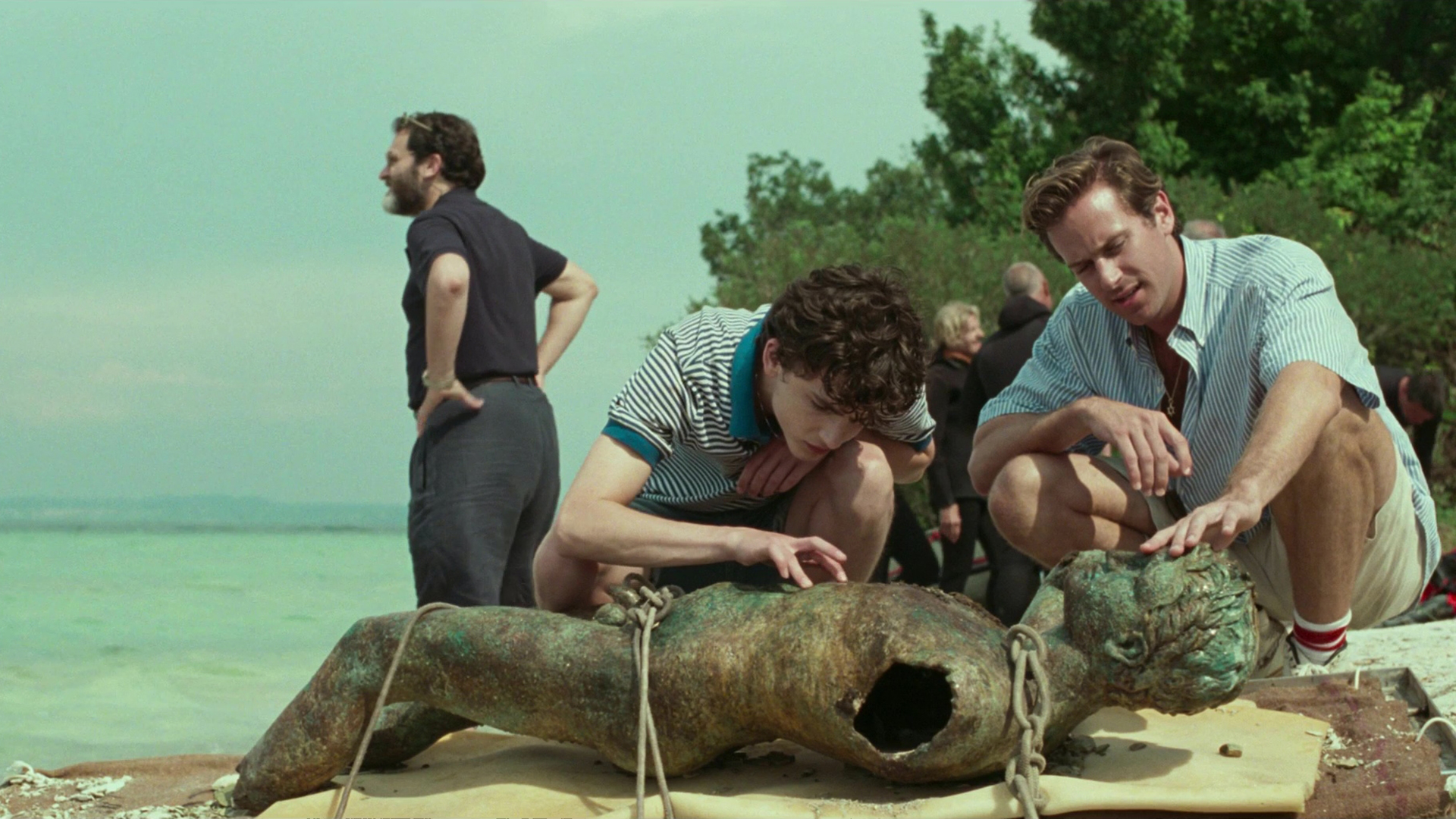
In an era when filmmakers often accumulate vast arsenals of gear, chasing the latest technological innovations in a quest for visual perfection, there exists a counter-movement of striking simplicity. Some of the most visually distinctive and emotionally resonant films of our time share a surprising common trait—they were shot entirely with a single prime lens.
The lenses cinematographers choose fundamentally define their field of view—what will be seen and what remains hidden. They shape the very tone and style of a film, influencing how audiences perceive characters, spaces, and emotional undercurrents. Shooting a close-up with a wide 24mm lens elongates facial features and brings more environment into focus, effectively defining characters through their surroundings. Conversely, capturing similar shots with a telephoto lens isolates subjects against a canvas of abstract, blurred light—heightening reality through spatial distortion.
But what happens when filmmakers embrace the constraint of a single focal length throughout an entire project? How might directors and cinematographers imprint their creative vision without the luxury of lens changes? The answer lies in understanding that the choice not to choose is itself a powerful creative decision.
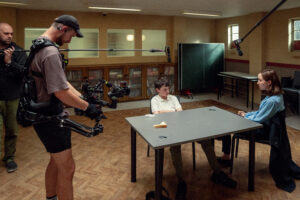
Adolescence. (L to R) Matthew Lewis, Owen Cooper as Jamie Miller, Erin Doherty as Briony Ariston, on the set of Adolescence. Cr. Courtesy of Ben Blackall/Netflix © 2024
When Netflix’s recent series “Adolescence” emerged as a technical tour de force—each episode filmed in a single, unbroken shot—cinematographer Matt Lewis faced an unusual challenge. He needed to select just one focal length for the entire production. His choice of a 32mm SP3 lens represented a careful balance: “Any wider and we were going to reduce opportunities to hide lighting, cabling, rigging and booms above or sometimes underneath our frame; conversely, any longer and our ever-changing choreography could have become nauseating.” (Read the rest of Cooke’s interview with Matt)
This practical decision illuminates a deeper truth about the single-lens approach: limitations often spark the most innovative artistic solutions. By eliminating the variable of lens choice, filmmakers redirect their creative energy toward other aspects of visual storytelling—lighting, blocking, production design, and performance. The constraint becomes liberating rather than restrictive.
Different focal lengths fundamentally alter our perception of space and emotion in ways that transcend mere technical specifications. Ultra-wide lenses expand spatial relationships, making environments feel vast while potentially creating psychological unease or epic scale. Standard lengths closely approximate human vision, offering naturalistic and emotionally intimate perspectives whilst telephoto lenses compress space, isolate subjects, and create a sense of distance or observation.
By committing to just one of these perspectives, filmmakers make a powerful philosophical statement about how their story should be perceived. They establish a consistent perceptual framework—a single way of seeing that unifies the entire narrative experience. Whilst shooting “oners” naturally limits the focal length choice down to a single lens, filmmakers who employ multiple angles, coverage and editing techniques also choose to never switch focal length for certain projects.
The legendary Japanese director Yasujirō Ozu remains one of cinema’s most singular stylistic voices. Ozu famously restricted himself to a 50mm lens. This choice wasn’t arbitrary but deeply connected to his philosophical approach to filmmaking.
Ozu’s technical style evolved gradually, reaching its fullest expression in his post-war sound films. Unlike most directors who follow Hollywood conventions for dialogue scenes (typically employing over-the-shoulder shots), Ozu positioned his camera to gaze directly at actors. This distinctive framing places viewers squarely within the emotional space of the scene, creating what film scholars have called the “tatami shot”—low-angle compositions that mimic the perspective of someone seated on a traditional Japanese floor mat.
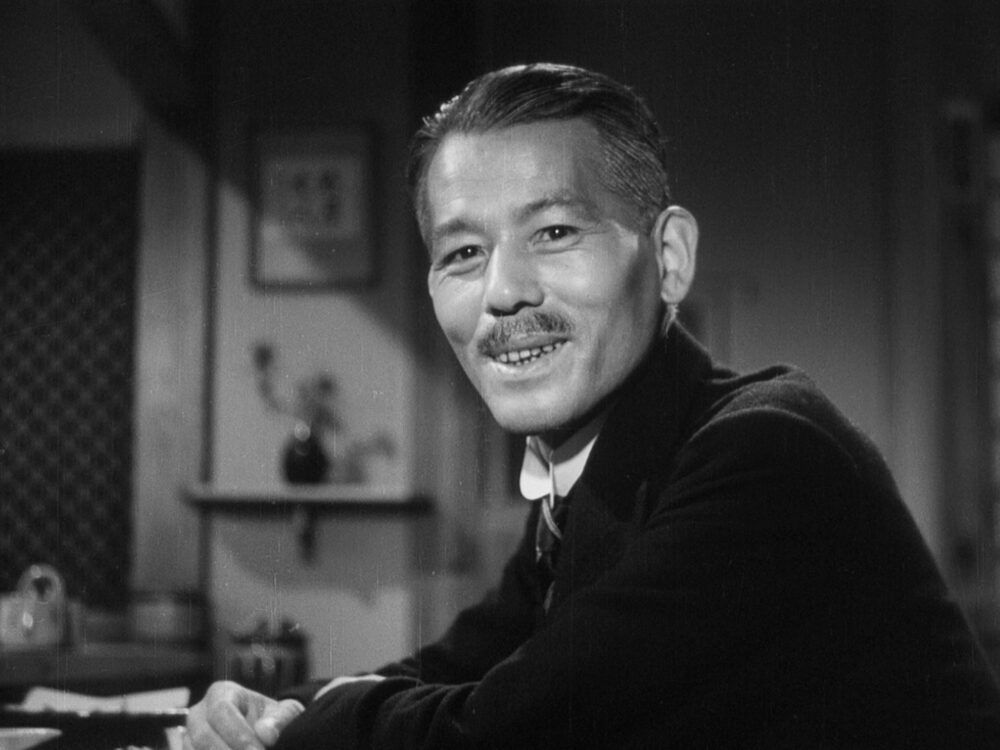
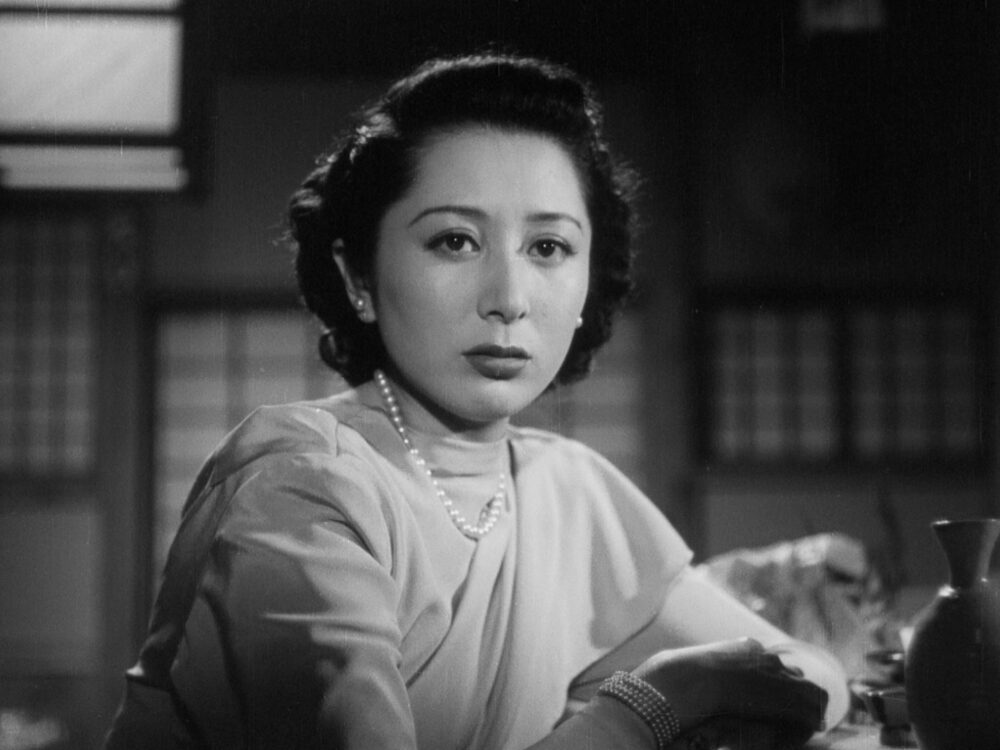
The 50mm lens was fundamental to Ozu’s visual language. Its relatively natural perspective complemented his themes of family dynamics and generational change. The lens helped create the contemplative, observational quality that defines his work, allowing audiences to witness intimate moments without the manipulative effect of wide or telephoto perspectives. Combined with his minimal camera movement and precise compositions, the 50mm lens contributed to what critics describe as Ozu’s “transcendental style”—a cinematic approach that finds profound meaning in everyday existence.
Films like “Tokyo Story” (1953) and “Late Spring” (1949), both shot by cinematographer Yûharu Atsuta, demonstrate how this consistent visual framework allows for extraordinary emotional depth despite (or perhaps because of) its technical restraint. Ozu’s commitment to the 50mm perspective represents perhaps the purest example of how a single lens can become integral to a filmmaker’s artistic vision.
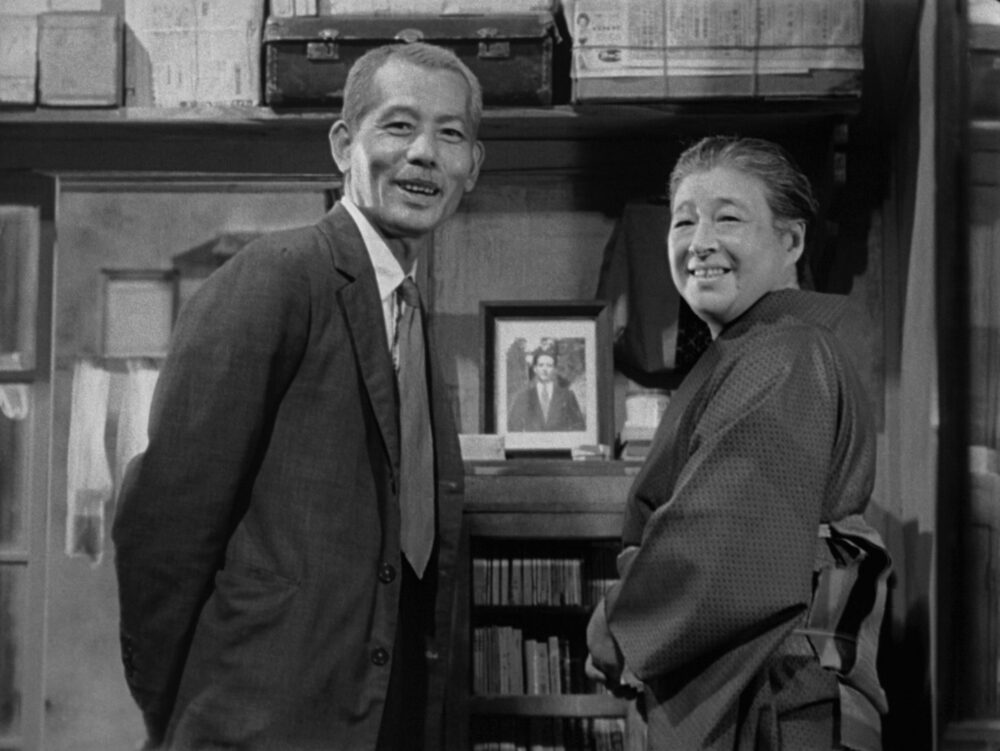
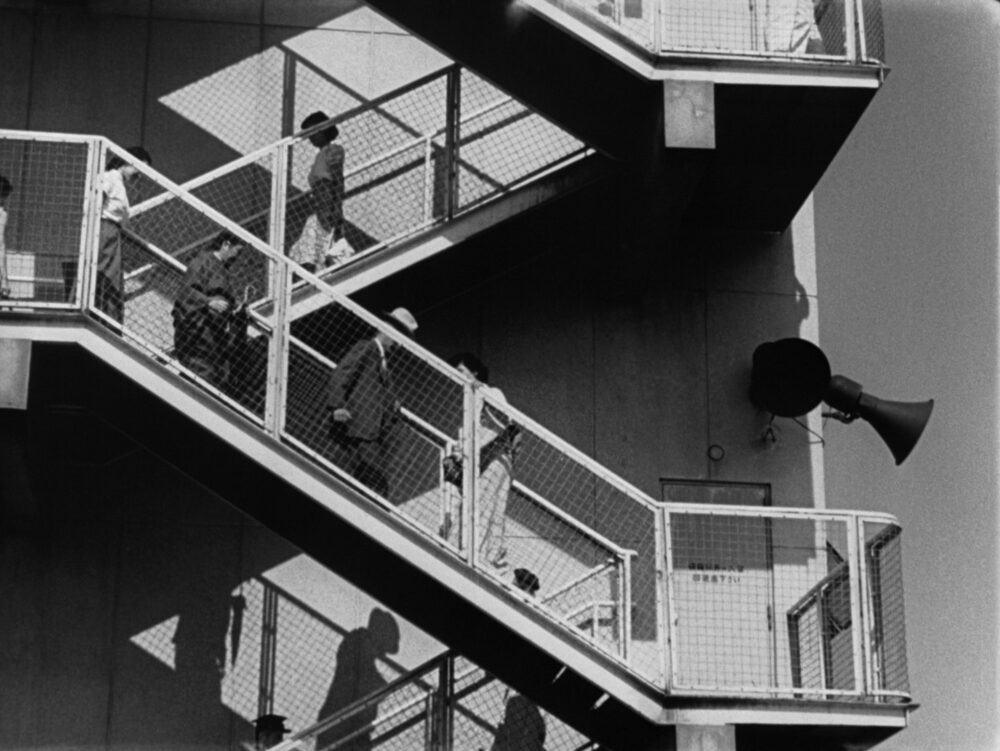
When director Luca Guadagnino proposed shooting “Call Me By Your Name” (2017) with a single Cooke S4/i 35mm lens, cinematographer Sayombhu Mukdeeprom embraced the challenge with enthusiasm. “The producer asked me, should there be some other, wider lens? Just in case? I said ‘No, no. I want to tie my hand to this approach, because this is how I work. I think if you limit yourself to something, you struggle inside your idea.” This creative struggle ultimately produced one of the most visually sumptuous films of recent years.
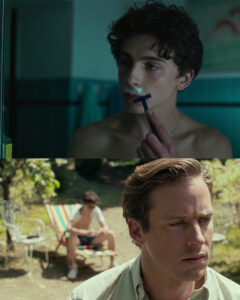
Call Me By Your Name (2017), Cinematographer Sayombhu Mukdeeprom
As production approached, Mukdeeprom’s initial excitement gave way to practical concerns. A single-lens approach would require meticulous planning, intimate knowledge of locations, and creative solutions to technical challenges. The weather during the Italian shoot proved unusually uncooperative, testing his commitment to both natural lighting and the fixed focal length.
Yet the 35mm lens proved ideally suited to the film’s thematic concerns. As Mukdeeprom explained, “Observation was my goal on this film—to try to observe every moment. The Cooke S4/i 35mm was close enough for the close-ups and wide enough to frame the characters in relation to one another and in perspective with their surroundings.” This observational quality perfectly complemented a coming-of-age story centred on discovery, desire, and the awakening of perception.
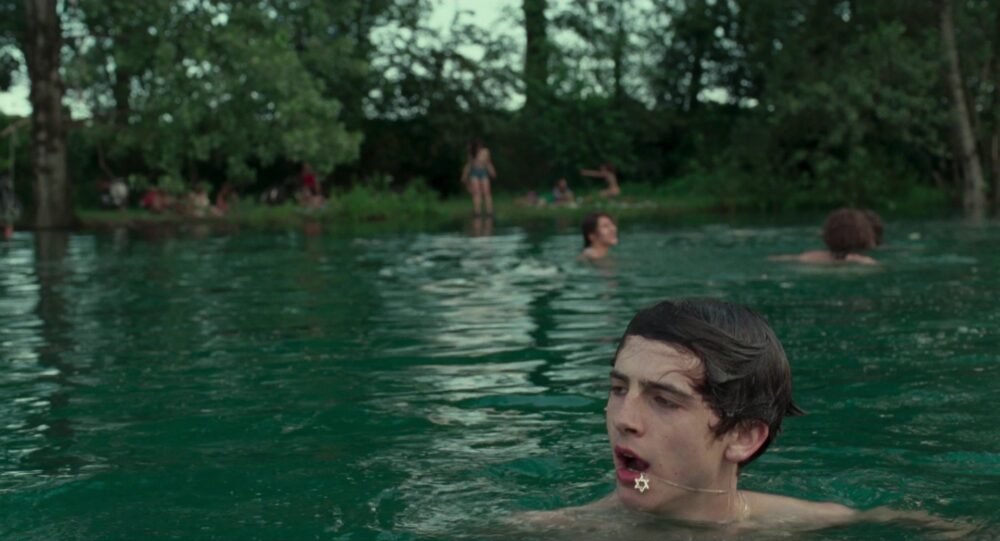
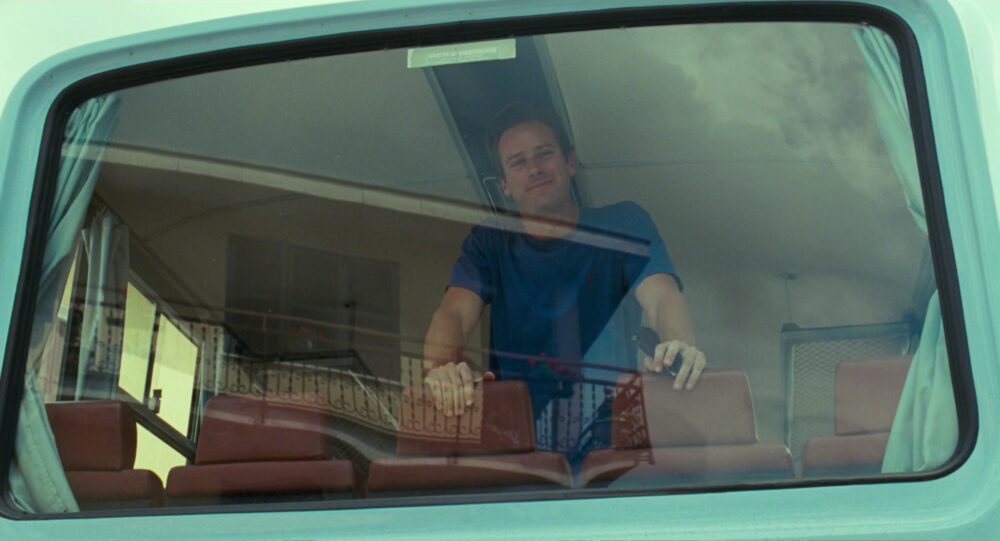
Interestingly, Guadagnino didn’t remain committed to the single-lens approach for his subsequent work. His next film, “Suspiria” (2018), also shot by Mukdeeprom, employed what he called the “entire roster of lenses you can use,” including ultra-wide 10-14mm lenses. The single-lens approach should serve the specific needs of each story rather than becoming a dogmatic limitation.
The creative partnership between director Wes Anderson and cinematographer Robert Yeoman ASC offers an intriguing case study in how technical limitations can shape a filmmaker’s developing style. Their debut feature, “Bottle Rocket” (1996), represents not just an aesthetic choice but a small act of creative rebellion against studio constraints.
After being denied their preference to shoot with anamorphic lenses, Anderson and Yeoman covertly decided to shoot almost the entire film on a single 27mm Primo lens. As Yeoman recounts, “The very first day we put up a 27mm Primo and we just started shooting with it. And then we moved into the closeups and we’re still shooting with it. And Wes is a big fan of Roman Polanski. ‘Rosemary’s Baby’, I think was shot on a 20mm lens. So he said, ‘why don’t we just shoot the whole movie on a 27?'”
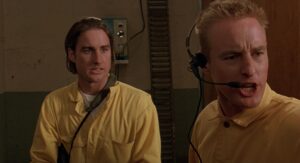
Bottle Rocket (1996), Cinematographer Robert Yeoman, ASC
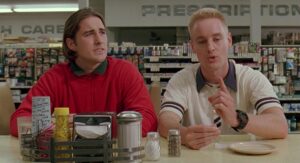
Bottle Rocket (1996), Cinematographer Robert Yeoman, ASC
This decision didn’t sit well with studio executives, who demanded greater visual variety. The filmmakers’ solution was delightfully subversive: they covered the “27” engravings on the lens with tape and falsified camera reports to indicate they were using 50mm and 100mm lenses. “The producer came to me like two days later,” Yeoman remembers, “and he said, ‘so you’re starting to use other lenses now’. And I said, ‘yeah, yeah, we’re mixing it up—we’re using all kinds of lenses!'” Save for a few close-ups shot with a 35mm, the entire film maintained their original vision.
The slightly wider-than-standard 27mm lens helped establish what would become Anderson’s signature aesthetic—a slightly heightened reality with carefully composed, often symmetrical frames that accommodate his ensemble casts and meticulously designed environments. The lens choice allowed for both intimate character moments and the inclusion of telling details within the same frame, establishing a visual cohesion that would become increasingly important in Anderson’s later work.
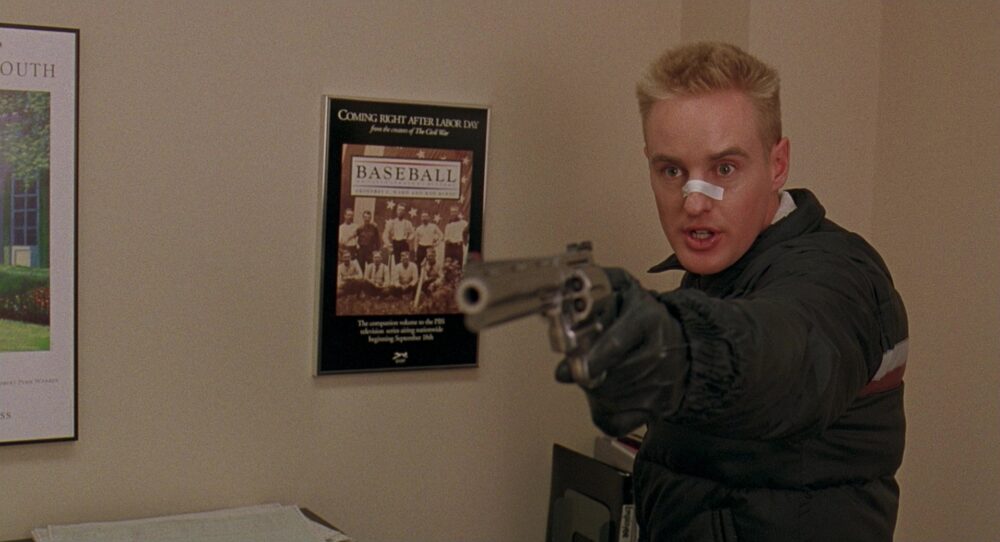
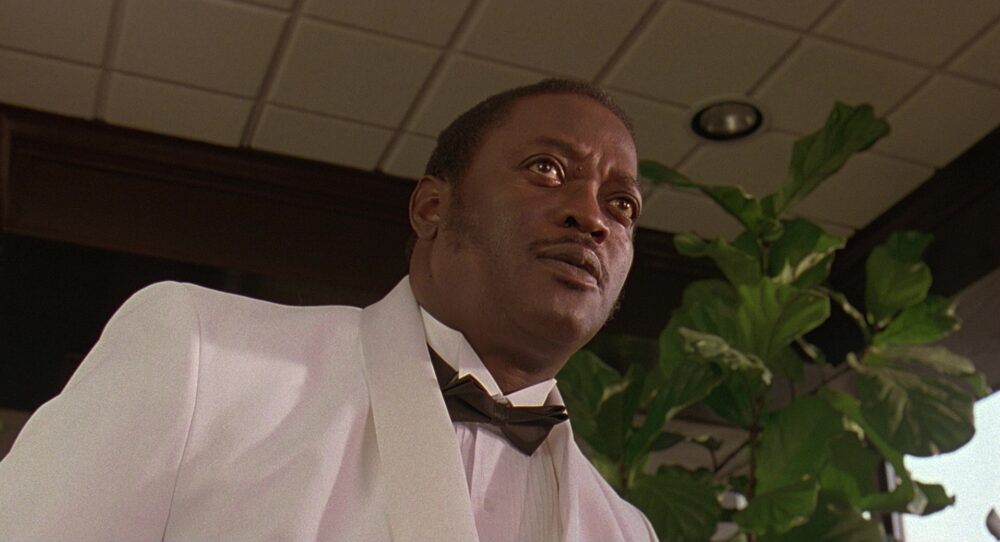
Perhaps the most psychologically potent use of a single lens appears in David Cronenberg’s “Cosmopolis” (2012). When approaching this adaptation of Don DeLillo’s novella—a claustrophobic odyssey largely set within a billionaire’s stretch limousine—cinematographer Peter Suschitzky ASC faced what he called ” in many ways, the most difficult picture I would ever do.”
Suschitzky selected a 21mm Cooke S4/i lens for the entire production. This ultra-wide perspective creates a subtle spatial distortion that brilliantly mirrors the protagonist’s increasingly warped perception of reality. Backgrounds seem to stretch and warp, characters appear slightly unnatural, and the confined space of the limousine feels simultaneously expansive and suffocating.
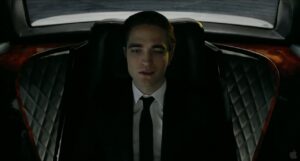
Cosmopolis (2012), Cinematographer Peter Suschitzky ASC
This visual approach generates an alienation effect that perfectly complements the film’s themes of disconnection and late-stage capitalism. As the protagonist’s financial empire collapses around him during his cross-town journey, the distorted perspective of the 21mm lens reinforces his psychological disintegration. The lens becomes more than a capture device—it functions as a thematic instrument reinforcing the narrative’s unsettling tone.
Suschitzky has spoken about appreciating “the discipline imposed by using only one lens for a film,” a discipline certainly compounded by the restricted space of the limousine setting. This self-imposed limitation forced creative solutions to numerous technical challenges, particularly in lighting and staging complex scenes within the vehicle’s confined interior.
Beyond its technical implications, the 21mm lens creates what might be called a “cognitive distancing effect.” It keeps events and characters at arm’s length, rendering them cold, alienated, and somehow displaced from normal reality. This perfectly captures the zeitgeist of the pre-crash cyber-capitalism world depicted in DeLillo’s source material—a recognizable yet slightly warped version of our own reality. Cronenberg’s approach demonstrates how a single lens can function not just as a stylistic choice but as a psychological instrument that reinforces thematic concerns. The 21mm perspective doesn’t merely capture the story—it actively participates in telling it.
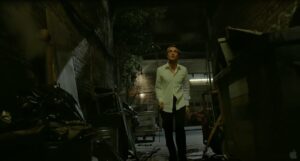
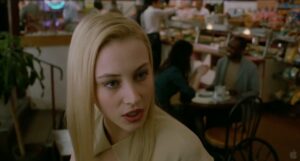
Cosmopolis (2012), Cinematographer Peter Suschitzky ASC
Embracing a single prime lens approach demands meticulous preparation. Without the flexibility to adjust focal length on set, filmmakers must thoroughly understand their locations, carefully plan blocking, and educate actors about spatial constraints. Mukdeeprom’s initial enthusiasm for shooting “Call Me By Your Name” with one lens was tempered by practical concerns: “For me as DP, it would mean a lot of extra work with planning the shots and knowing the film’s locations very well.”
Weather, lighting conditions, and spatial limitations all become more significant challenges when working with a fixed focal length. During the production, unusually inclement weather tested Mukdeeprom’s commitment to natural lighting combined with his single-lens approach. Yet these challenges ultimately contributed to the film’s distinctive visual character.
The single-lens technique proves most effective when the narrative demands a consistent, almost subjective visual perspective throughout. Films exploring psychological interiority benefit from the unwavering point of view. However, this approach isn’t universally applicable. Complex narrative structures, action sequences, or stories requiring varied visual landscapes might benefit from more flexible approaches. The key lies in understanding a story’s specific visual and emotional requirements.
Most viewers couldn’t easily identify that a film was shot using only one lens, yet they invariably feel its effect. A single lens creates what Guadagnino calls a “straightforward” quality that avoids placing “technology in-between the camera and performance.” This coherence acts as connective tissue, binding diverse locations, tones, and narrative movements into a unified whole.
As Anderson and Yeoman discovered on “Bottle Rocket,” the single lens approach creates a distinctive visual signature that can define a filmmaker’s early career. Their subsequent films “Rushmore” and “The Royal Tenenbaums” continued this tradition, with approximately 90% of shots captured using a single 40mm anamorphic lens. This consistency helped establish the recognizable “Anderson aesthetic” long before his more elaborate stylistic flourishes emerged.
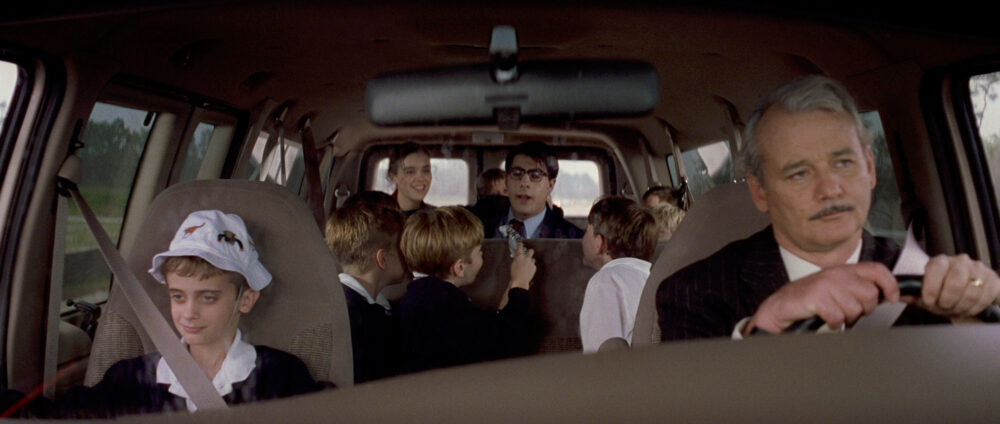
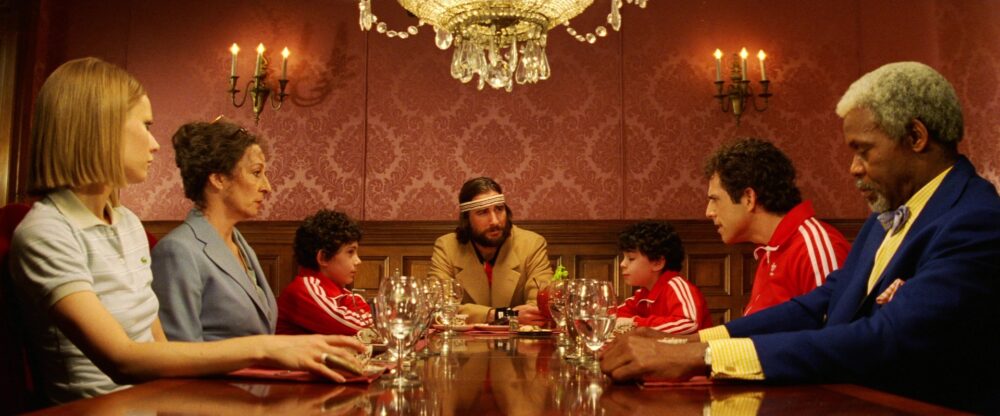
In an age of technological abundance, choosing a single prime lens represents a radical act of artistic commitment. It declares that cinematic vision isn’t about technical complexity but about profound, focused observation. The lens becomes more than a tool—it serves as a window into perception itself, capable of transforming how we understand character, emotion, and narrative.
The examples of Ozu with Atsuta, Guadagnino with Mukdeeprom, Anderson with Yeoman, and Cronenberg with Suschitzky demonstrate that limitation often breeds innovation. By restricting one aspect of the visual palette, filmmakers free themselves to explore other dimensions of their craft with greater intensity and purpose. They establish the “rules of the game” for viewers, creating a single perspective through which an entire narrative world can be experienced and understood.
For aspiring filmmakers, the lesson is clear: sometimes the most powerful creative choice is the decision to limit your options. A lens is ultimately a means of expression, not an end in itself. By committing to a single way of seeing, you might discover a visual voice of remarkable clarity and power—one that speaks through simplicity rather than complexity, through consistency rather than variation. In this focused vision lies the potential for truly transformative cinema.